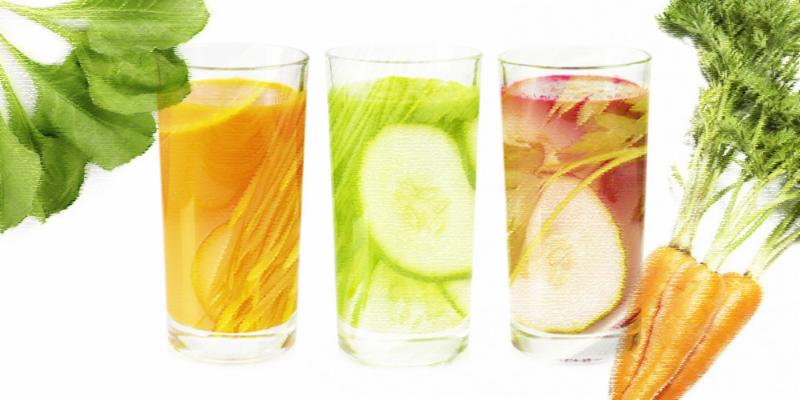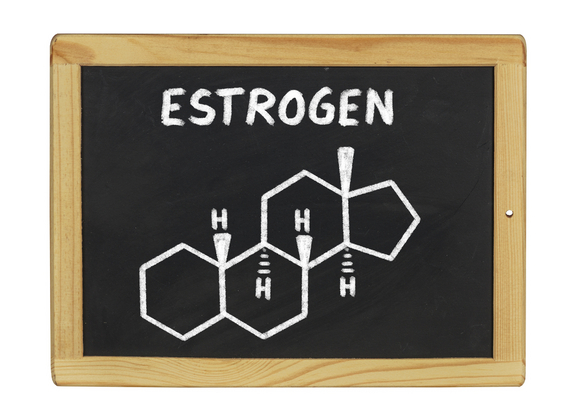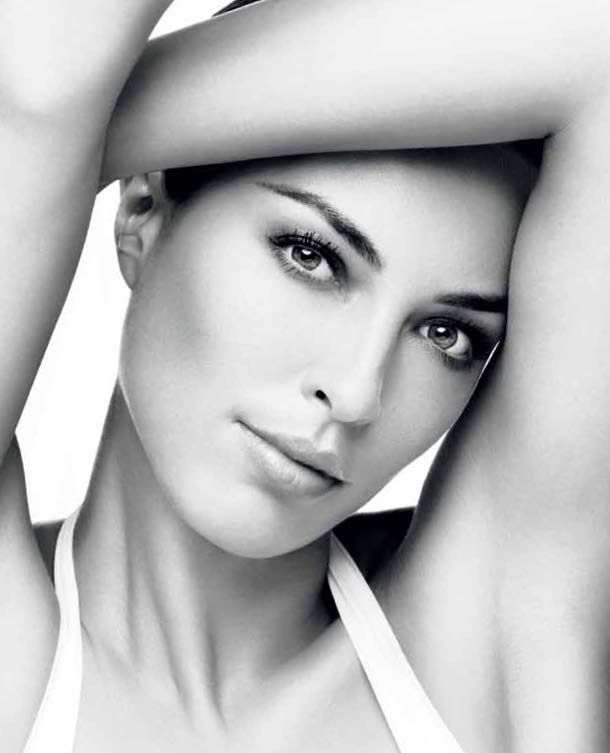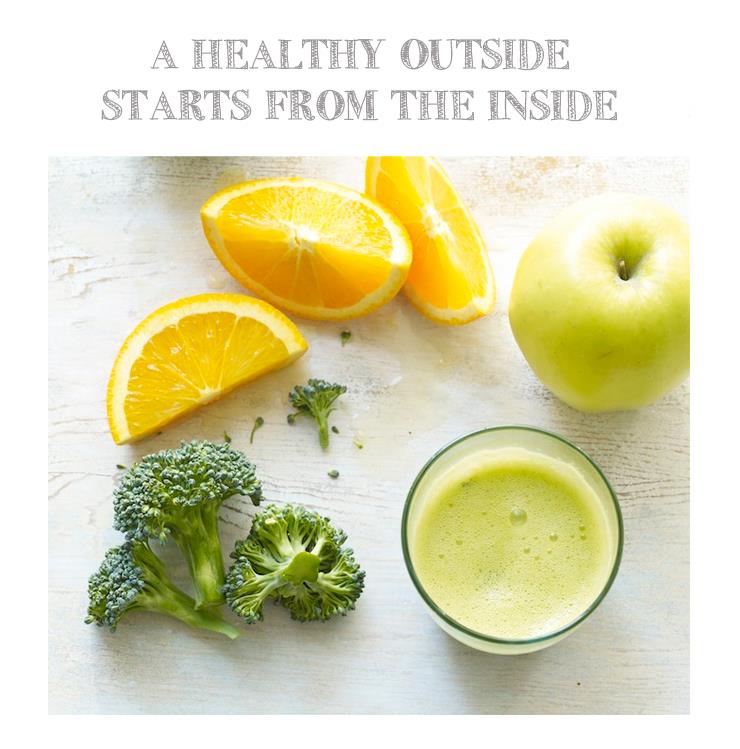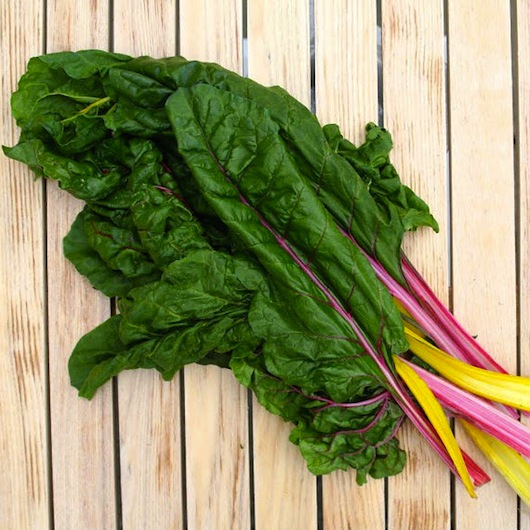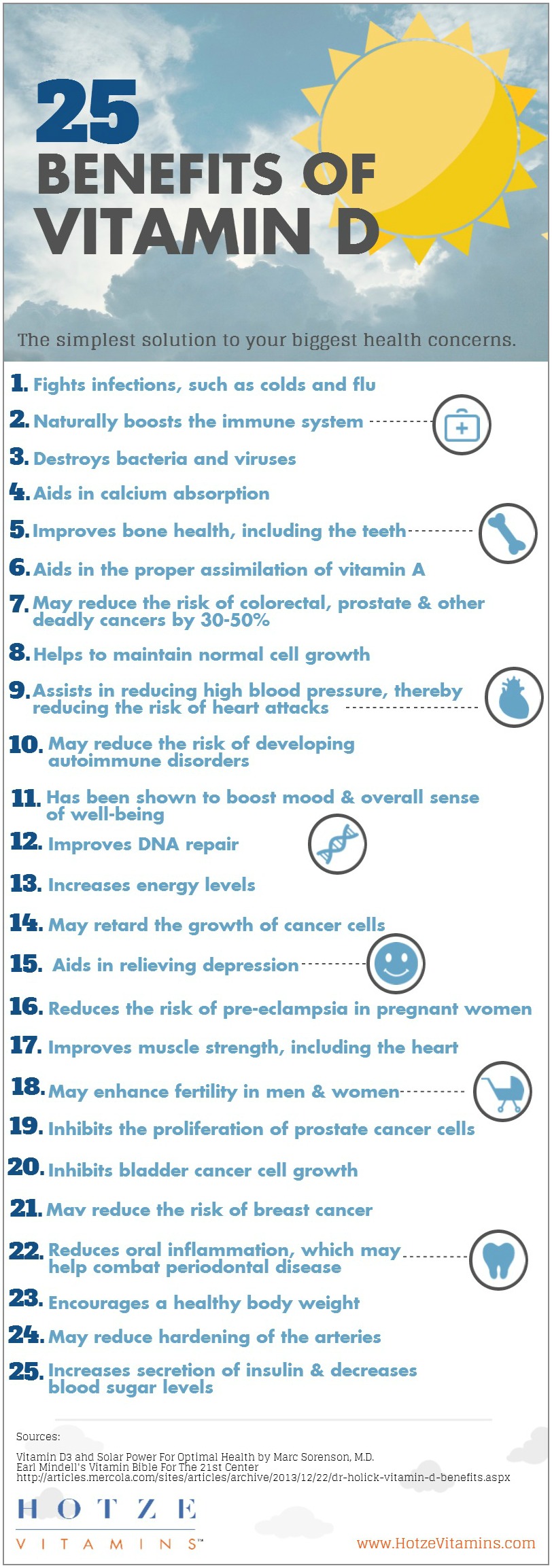Aug 4, 2014
CONSUMER REPORTS -- Sales of cosmetics and personal care products labeled “natural” have soared recently. But, “natural” on the package does not necessarily mean natural inside. According to a year-long investigation by Consumer Reports ShopSmart magazine, many body care products with potentially harmful ingredients, such as coal tar color, triclosan, and chemicals that release formaldehyde. Prolonged use of these ingredients might pose an increased risk of cancer or other health issues.
For instance, Naturtint hair color says it’s made “with ingredients of Natural Origin”, but it contains a petroleum-derived coal-tar color—p-phenylenediamine—plus hydrogen peroxide. That combination might be carcinogenic based on preliminary animal studies.
Unscented Arm and Hammer deodorant, which says it has “natural” deodorizers, contains triclosan, an antibacterial. It might contribute to bacterial resistance and animal studies show it’s a potential hormone disruptor that may affect reproductive and developmental health.
Checking body washes that claim to be “natural” and “nourishing,” there are ingredients like quaternium 15 and DMDM Hydantoin. When combined with water, they can release formaldehyde, which is a human carcinogen if it’s inhaled.
Fortunately, some manufacturers and retailers are taking steps to reduce or eliminate potentially risky ingredients from their personal care products.
The best label to look for in beauty products is USDA Organic. Another option, if you shop at Whole Foods, look for its “Premium Body Care” seal. Those products are certified free of more than 400 risky ingredients.
Besides the word “natural,” Consumer Reports says when looking for cosmetics, don’t put much weight into the claims “dermatologist tested” or “hypoallergenic”. They aren’t independently verified.




